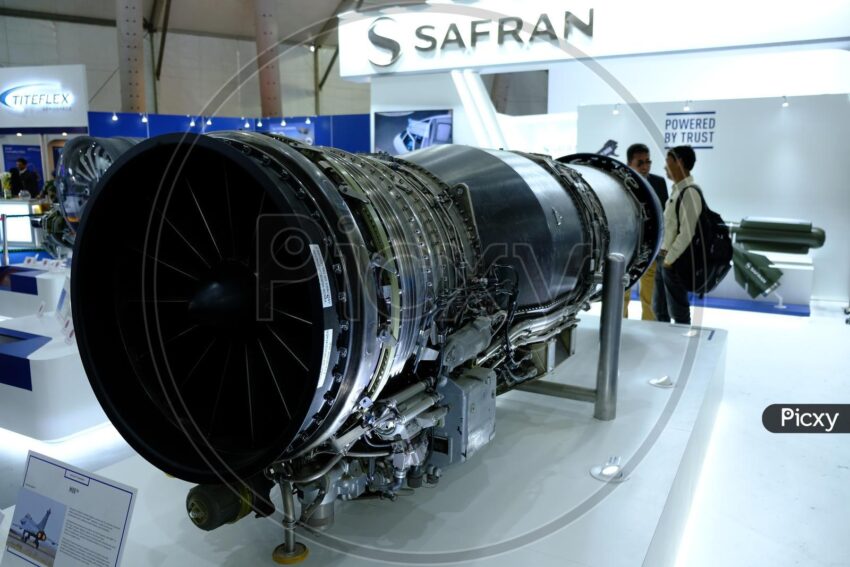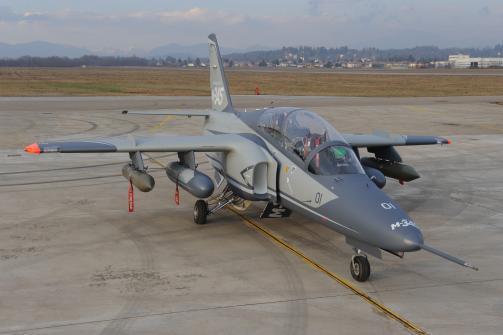M88 T-REX Engine Boosts Future Rafale Fighter Capabilities
Safran has introduced a new and powerful variant of its M88 engine, designated as the M88 T-REX, aimed at enhancing the capabilities of future Rafale fighter jets. The M88 T-REX is engineered to produce an impressive thrust of 9 metric tons, equivalent to 88.2 kilonewtons or approximately 19,841.6 pounds when utilizing afterburners. This marks a notable 20 percent increase in thrust compared to the existing M88 engine, which currently powers the Rafale. Given that each Rafale aircraft is equipped with two M88 engines, the enhancements made will significantly bolster the fighter jet’s overall performance.
Key advancements in design will allow the new M88 T-REX engine to support the forthcoming Rafale 5 variant, which will incorporate advanced technology such as sophisticated sensors, advanced communications systems, and enhanced digital processing capabilities. Crucially, these innovations will not alter the airframe’s dimensions, ensuring that the Rafale 5 maintains compatibility with existing structures and systems. Christophe Bruneau, executive vice president of the Military Engines Division at Safran Aircraft Engines, highlighted the program’s significance by stating that it would not only meet the current demands of armed forces but also strengthen the overall technology portfolio of Safran.
Notable Upgrades for Enhanced Performance
The M88 T-REX is set to feature a host of impressive upgrades designed to significantly enhance its thrust capabilities. Among these improvements is a redesigned low-pressure compressor, which will facilitate increased airflow intake. These modifications will work in tandem with cutting-edge materials and advanced cooling systems that allow the high-pressure turbine to function efficiently at much higher temperatures. Additionally, the nozzle design will undergo aerodynamic optimization, further contributing to the engine’s performance boosts.
The French aerospace company asserts that the M88 T-REX will maintain the fundamental advantages of the existing M88 model, offering similar size, modularity, fuel efficiency, and overall cost of ownership, while delivering a much higher thrust output. Moreover, the commonality of engine modules between the two versions is expected to simplify maintenance and fleet management. Safran has scheduled the engine’s qualification to align with the anticipated rollout of the Rafale F5 in the early 2030s, and they are currently conducting risk reduction studies to ensure a successful development process.







